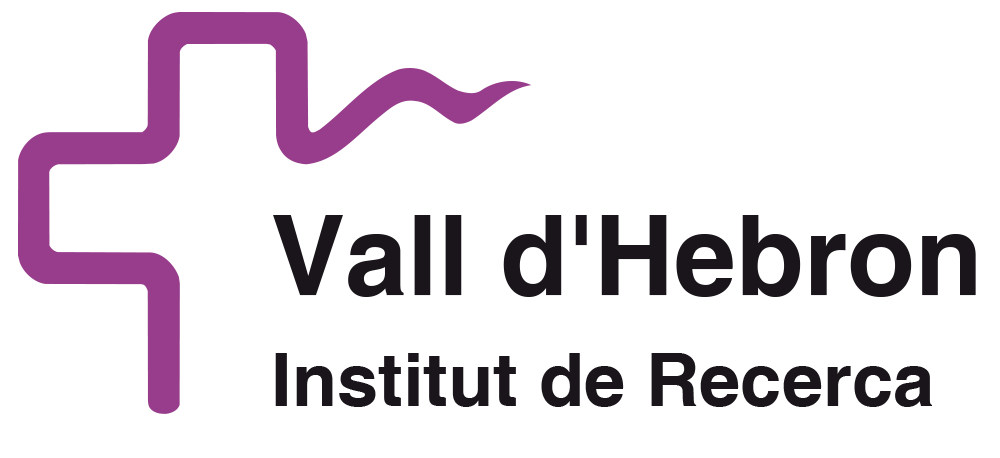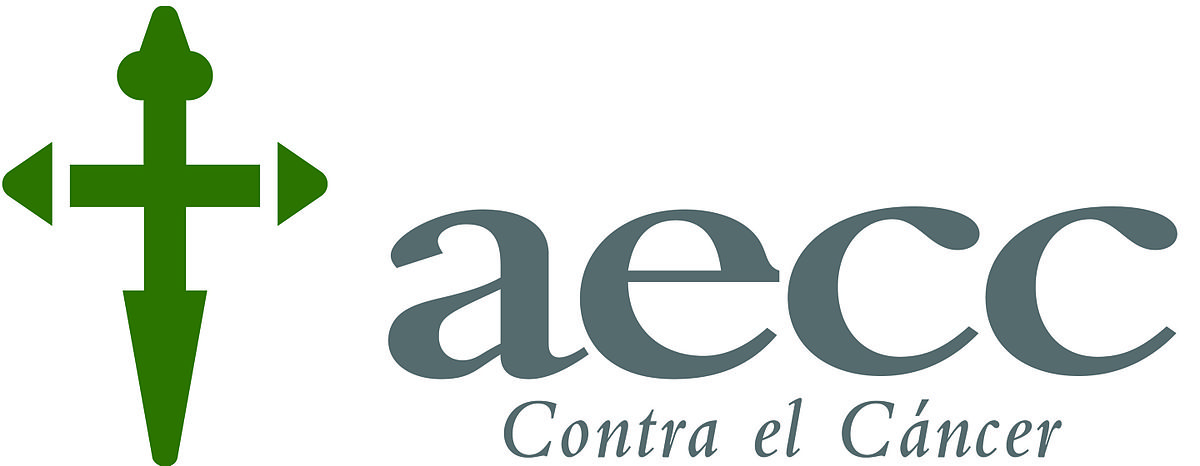Welcome to BRASS
BRcA Specific Software for analyzing the pathogenicity of BRCA1 and BRCA2 variants
Analyse your variant
A family of in silico tools for variant classification in BRCA1 and BRCA2
BRASS offers two options for the classification of missense variants. In Variant representation, you can visually compare one or more variants of unknown nature with a population of pathogenic and benign variants, using an easy-to-use representation. In Variant prediction, you can access the results of several pathogenicity predictors for the target variant(s). For both options, we also provide links to external resources useful for the variant interpretation.
Variant representation
Represent your variant(s) of interest relative to populations of pathogenic and benign variants.
Variant prediction
Access the results of different in silico predictor for your variant(s) of interest.
Disclaimer This resource is uniquely intended for research purposes. The authors are not responsible for neither its use nor misuse. The data provided are not intended as advice of any kind. The authors have worked with care in the development of this server, but assume no liability or responsibility for any error, weakness, incompleteness or temporariness of the resource and of the data provided.







